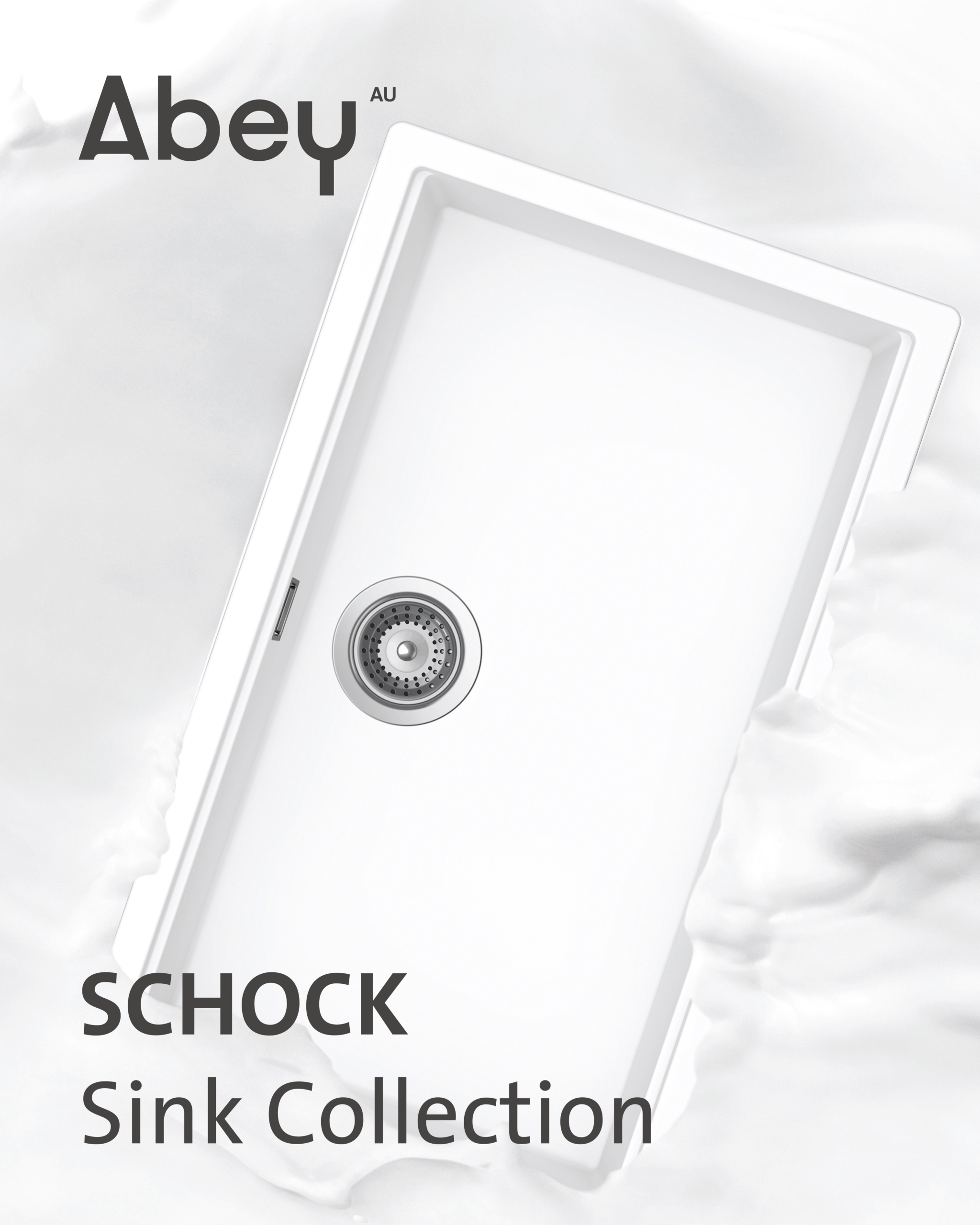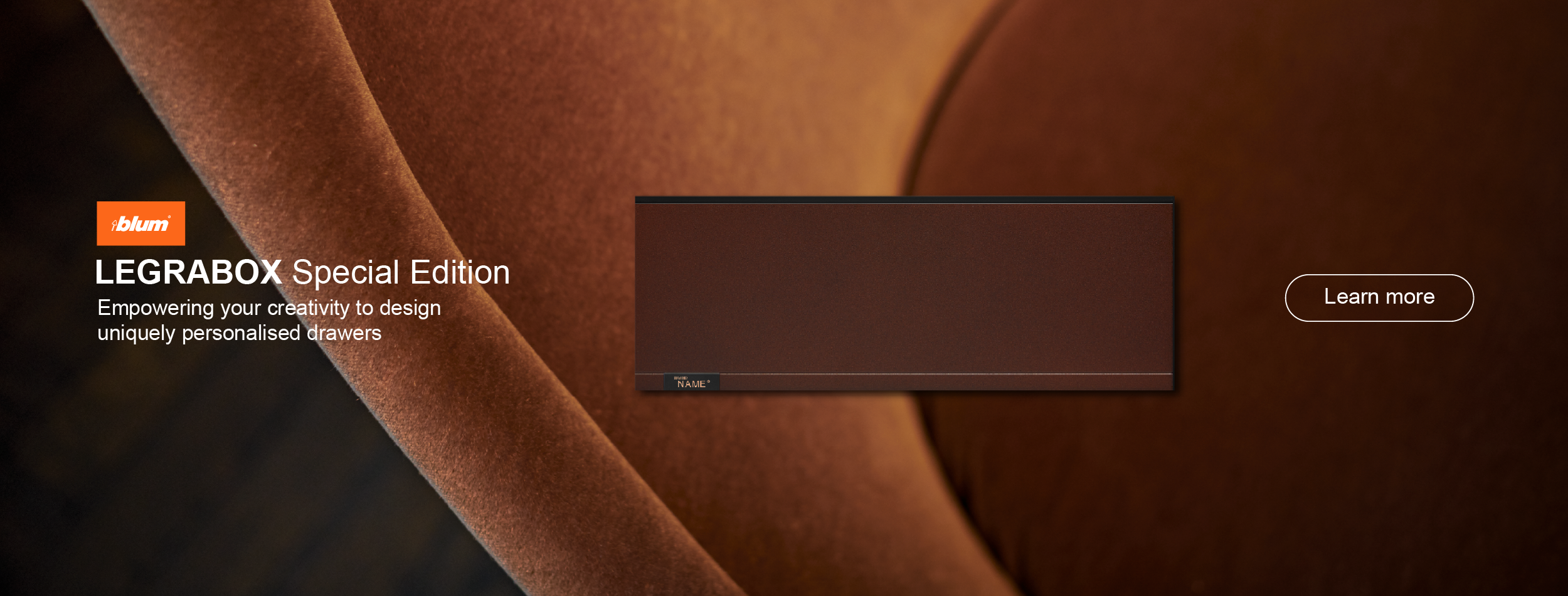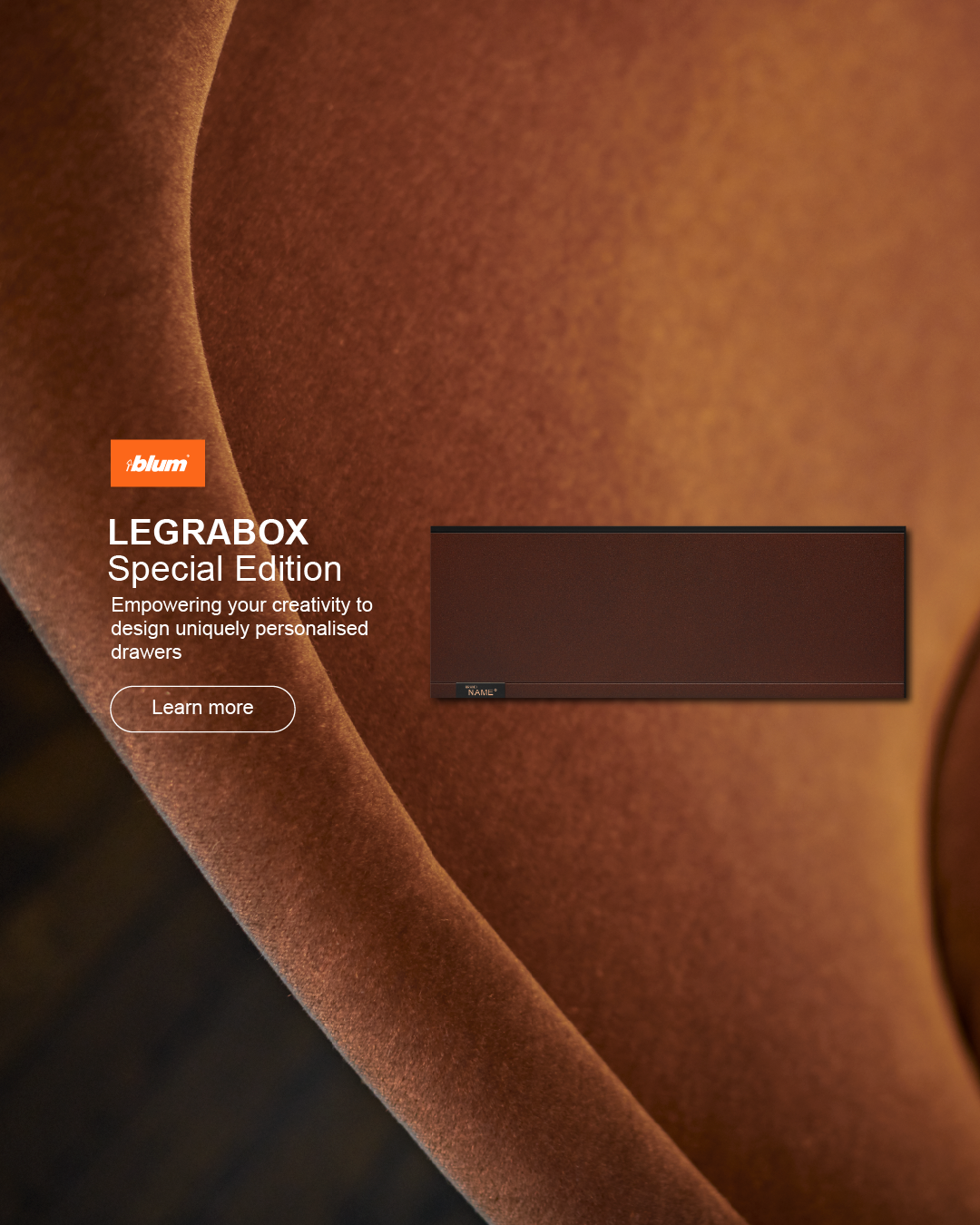
Gibbon Street Residence by Cavill Architects
In designing a contemporary renovation and extension of an original Brisbane Queenslander, Cavill Architects have created a home that is enveloped in the environment. Gibbon St (as the project is known) is intimately connected with its landscape – both natural and architectural – and was nominated for the Habitus House of the Year in 2018.
Gibbon St draws on diverse points of reference, from the Italian migrant heritage of the older surrounding homes and gardens, to the traditional Queenslander style and ancient Italian ruins, resulting in a contemporary tropical home with deep roots in the past.
The lush tropical landscape, and how it permeates the structure, is a defining aspect of Gibbon St. ‘The landscape was considered from the very beginning as an integral part of the building’, says architect Sandy Cavill. Living spaces that are ostensibly internal are pared back and opened to the garden through sliding rosewood-framed glass doors, creating indoor garden rooms reminiscent of a backyard deck or an open-air Indonesian bale pavilion. The kitchen and bathroom floors are bordered by a section filled with river stones further blurring the distinction between external landscape and internal environment, and at every possible opportunity the architects have created considered and unexpected openings for light, and sometimes vegetation, to filter through into the interior.
Externally, the new addition of the home features a raised timber subfloor that sits lightly above the ground, allowing plant life to flourish below in the shade of the building. Meanwhile, the addition also features a green roof, so that the home is surrounded above and below by the landscape. Sandy explains that ‘the green roof provides a platform for the landscape to grow over, and eventually envelop the building entirely. It was integral to the philosophy of the project – the building being indistinguishable from the landscape’.
This design imperative to blend Gibbon St with the landscape does not just apply to the intimate connection the design forges with the natural tropical environment – it is also felt in the architects’ approach to the original home’s architecture and period. It is preserved in some ways and reinterpreted in others, but Gibbon St’s historical context is deeply felt in all aspects of the design. From the street, the white weatherboard home, raised high on stumps in the traditional Queenslander vernacular, provides few hints as to the contemporary addition behind. A timber batten screen over the lower level, now a garage, offers a contemporary version of the period style, but the overall impression of the front elevation is of sensitive integration with the streetscape.
In addition to its period architecture, the street was notable for its Italian migrant community, who created Mediterranean-style productive, fertile gardens in their backyards. This history inspired Cavill Architects to create the house as ‘an imaginary Italian ruin’, an inspiration which is seen in the way the house seems to be made up of fragments that begin to emerge from the vegetation growing over them, and in the project’s forms and materials. The clients did not want a straight-forward ‘box’ addition tacked on to the original house, instead seeking a family of separate but related spaces. This is interpreted as the ‘fragments’ motif, with levels and a series of interconnected pavilion-like spaces creating a thoughtful floorplan.
The materials are a key reference for the Italian inspiration, and form part of the clear delineation between the original and new sections of the house. A rough, Mediterranean white concrete render evokes the solid materiality of a marble ruin, and is a direct contrast to the weatherboards of the original house. Solid raw concrete forms also contribute, with a distinctive curved roofline introducing a more organic, rounded quality reminiscent of ancient Roman arches and columns that counters the more angular forms of the rest of the design.
The result of this strong materiality, considered floorplan, connection with the past and the natural landscape results in a home that is a haven from the outside world. As such, Gibbon St successfully performs the delicate balance of creating both an intensely private retreat and a sense of expansion and connection with its wider context, which saw it nominated for the Habitus House of the Year in 2018. Initially designed as a second residence for a retired couple who divide their time between the city and the beach, since the Brisbane home’s completion, they are choosing to spend more time at Gibbon St. Sandy says ‘the building and landscape at Gibbon St have created an experience for which they would otherwise leave the city. It was always hoped that Gibbon St would offer the client’s the sanctuary and privacy they had sought elsewhere, and it’s terrific to see that realised’.
















































